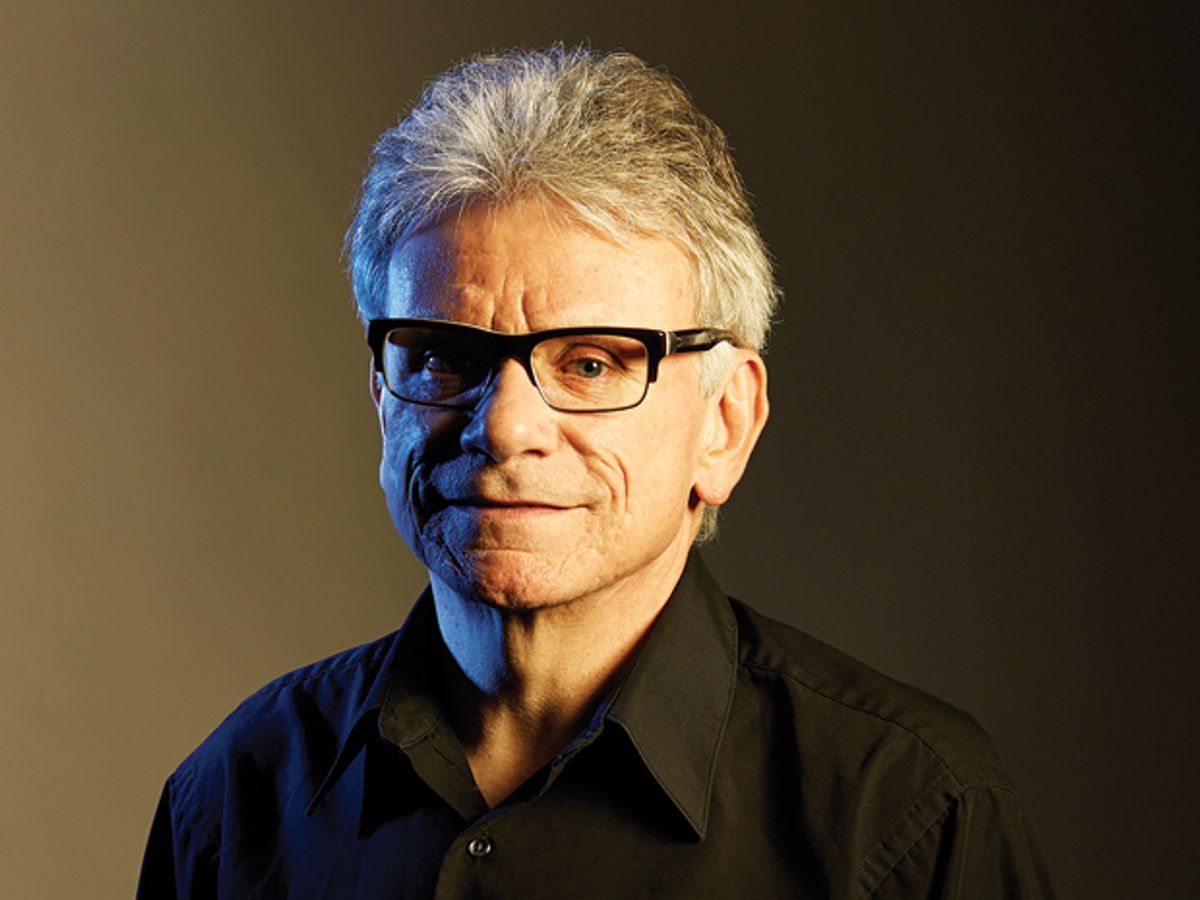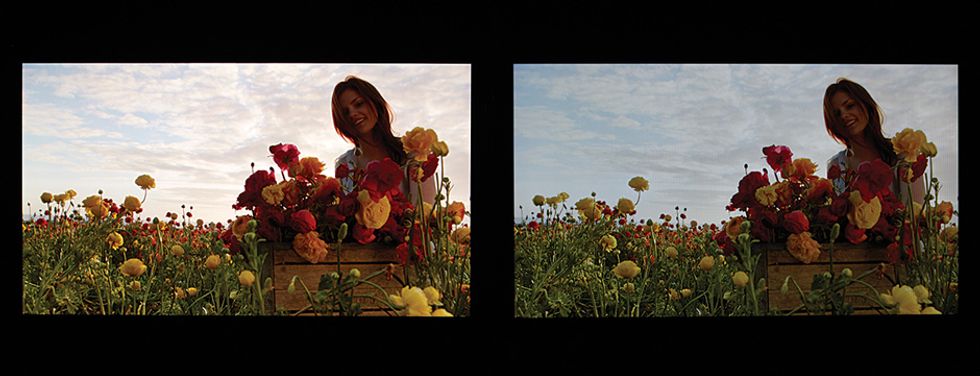It’s hard enough to come up with groundbreaking technology. But what happens when implementing that technology requires changes to an entire industry? That’s the challenge that Patrick Griffis faces at Dolby Laboratories, as a new system from the company aims to revamp how video is captured, processed, and displayed.
Called Dolby Vision and unveiled at the Consumer Electronics Show this past January, the system is actually a suite of technologies that promises greater brightness, contrast, and color range. “It’s not just another knob on a TV,” says Griffis, who is Dolby’s executive director of technology strategy. “It’s a fundamental rethinking of the content creation, packaging, and delivery systems.”
Convincing all the players who will have to buy in for Dolby Vision to succeed is where Griffis comes into play. Six years ago, he joined Dolby to help guide its technology into the marketplace. A longtime IEEE member and former president of the IEEE Consumer Electronics Society, Griffis has tackled TV audio design, digital broadcast standards, and digital TV strategy at RCA, Panasonic, and Microsoft. “My job has been to target upcoming technologies impacting the company, determine how to deal with them, investigate partnerships, represent our technology in standards efforts, and, finally, explain the technology,” he says.
Consequently, Griffis often finds himself expounding why he thinks it’s time to move beyond current cinematic and broadcast standards, which had their genesis in 20th-century film and cathode-ray-tube technology.
“It all starts with making a better pixel,” says Griffis. Standard displays have pixels that are encoded with 8 bits each for red, green, and blue, allowing 256 steps in intensity for each primary color. Dolby Vision pixels start at 12 bits per primary color (enabling 4096 steps) and can go up to 16 bits (providing 65 536 steps). With these pixels, Dolby created a research monitor that can display images with roughly 80 times the cinematic standard in peak brightness—4000 candelas per square meter, or nits, instead of the standard 48. The cinematic standard today is 48 cd/m2 because in the early days of film “the brightest lightbulb you could put in a projector without melting the film resulted in 48 nits on the screen,” says Griffis.
Such legacy standards, from those for how movies are shot to the way they’re distributed on DVD and Blu-ray discs or (increasingly) by Internet-based video services, are why Griffis has spent a lot of time working with companies through the entire movie and TV ecosystem. “A lot of partnerships were involved,” he says. “We weren’t working in a vacuum.”
Some of those partnerships are further along than others. TV manufacturers Sharp, TCL Multimedia, and Vizio have developed their own prototype sets—also shown at CES—that can display Dolby Vision. Amazon, Microsoft, Netflix, and Vudu hope to deliver entertainment using the new technology once Dolby Vision–enabled sets and Dolby Vision–mastered content are in place.
Griffis earned a bachelor’s in electrical engineering from Tufts University in 1974 and a master’s in EE from Purdue University in 1981. He’s particularly attracted to the job of wrangling technology partnerships, he says, because “it’s using my engineering skills in a different way—understanding how technology trends are affecting business.”
“I love working on technologies that make a difference for the consumer, in a role where my personal contributions make it happen,” says Griffis. And he encourages other engineers to join in the creative and technological renaissance he feels is in the offing: “Entertainment is benefitting from advancements across the board in computing, displays, signal processing, and delivery, among others,” he says. “It’s a great time to be a technologist in this arena. A revolution is in the making that will be driven by technology and realized by the artists who master the new tools.”
But Griffis accepts that it’s going to take a while for his work with Dolby to bear fruit. “It’s taken 100 years to get to where we are today. You’re not going to change the ecosystem overnight.”
This article originally appeared in print as “Patrick Griffis.”
About the Author
Susan Karlin covers the nexus of science, technology, and entertainment from Los Angeles. A frequent contributor to IEEE Spectrum, as well as Fast Company and NPR affiliate KCRW, she has written for Forbes, Wired, Scientific American, and Discover. Her last article for Spectrum followed the efforts of a group of students trying to send a rocket into space.

